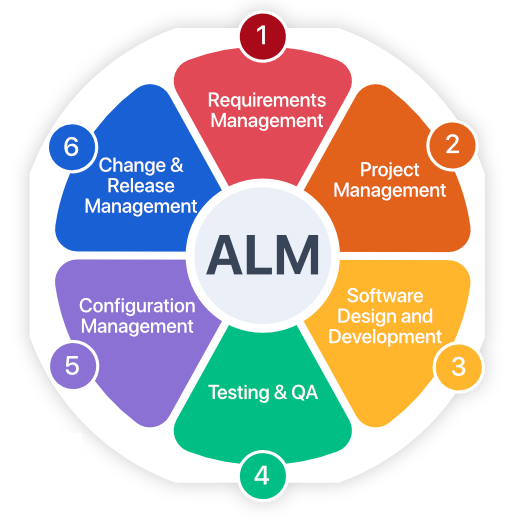
Establishing ALM for Microsoft’s Power Pages (previously called PowerApps Portal) has always been a headache. You could bring some part of it as the solution components and the rest needed to be transferred as data migration between your development, UAT 1, and production environments. have emerged as a powerful addition to the Power Platform, offering enhanced data visualization and interaction capabilities.
However, it’s important to note that at the time of writing this blog, these features are currently exclusive to templates built on the Enhanced data model.2 Previous templates utilizing the Standard data model are not compatible and require conversion for full integration with Power Pages.
For more information on the Enhanced data model and the conversion process, refer to Microsoft’s documentation. It outlines the transition and the supported templates that can harness the potential of Power Pages effectively.
This move marks a significant advancement in data interaction within the Power Platform. As the technology landscape evolves, staying informed about these updates and adaptations becomes crucial for organizations to leverage the latest tools and drive innovation efficiently.
Stay updated for further developments as Microsoft continues to enrich the Power Platform’s functionalities.
- User Acceptance Test. The environment you need to test your new customizations, before deploying it to production. ↩︎
- Release plan Oct 3, 2023. ↩︎
